The road to nirvana |
|
My journey into Photography, Horology, and Audiophilia |
AF-S VR Micro-Nikkor 105mm f/2.8G IF-ED
Professional macro lens with Vibration Reduction
Will VR really work for me? That's what I wanted to find out.
To begin with, I don't have steady hands. I have difficulty shooting at shutter speeds lower then 1/30, and in certain conditions, that is a huge disadvantage.
This is my first VR lens, so I was excited trying out the new found capability. I will start with a barrage of shots comparing VR and non-VR operation.
| VR Off | VR On |
 |
 |
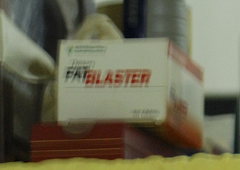 |
 |
 |
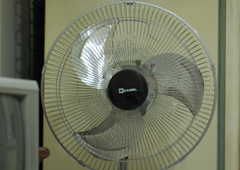 |
 |
 |
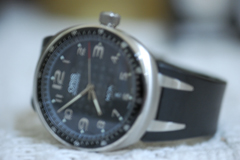 |
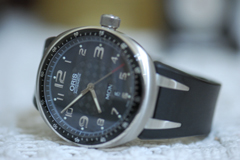 |
 |
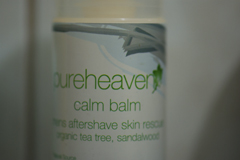 |
 |
 |
 |
 |
 |
 |
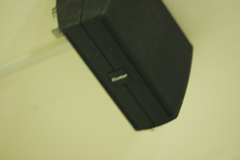 |
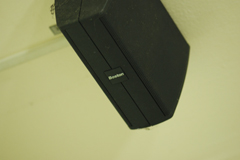 |
 |
 |
The preceding photos shows how bad my shooting is at slow shutter speed. Some of the shots were taken up close, and some were telephoto.
Based on this initial experience, VR does work wonders for me!
Packaging
The lens came in the usual gold box and upon breaking the seal, it revealed the following-
- Manual and warranty certificate
- Lens hood, HB038 (made in China!)
- Lens pouch, CL-1020
- the lens
Nikon did not use styrofoam to provide the lens support on this package. Instead, what was used looks like one of those molded, hard, perforated carton which I think is better than the styrofoam as it does not break into pieces.
I was not expecting the lens hood to be made in China for a lens at this category, but heck, what can I do. Big deal? Nah.
The pouch that came with it seems like the pouch Judas was carrying containing the gold coins as payment to him. It does have a Nikon logo.
I took a quick perusal of the manual to see if there's anything spectacular I need to do to operate this lense.
Specifications
You can find what the manufacturer claims here.
Initial impressions
Well, it's bigger than my previous Tamron 90mm f/2.8 but does not overwhelm the D40 that much, in terms of lens size to body size ratio.
The build is superb, and it should be considering the cost one would pay for it. The lens hood is plastic and somewhat flimsy compared to the hood that came with the AF-S Nikkor 24-70mm f/2.8.
There is no zoom ring (duh) as this is a fixed focal length lens. The focus ring is tight and heavily damped!
This is a G model and does not have an aperture ring. It will be a pain using a cheap macro extension tube without electronics support if the camera body does not have a DOF preview mode, like the D40.
There are switches for MA/M (autofocus w/ manual override or pure manual), VR On/Off, and focus limiter. Other than those, there's nothing more to play around with.
Basic features
Similar to my Tamron 90mm f/2.8, this Nikkor does not give constant f/2.8 aperture throughout the focus range. It varies from f/2.8 to f/4.8 and is a bit better than the Tamron.
Thanks to AF-S designation, I can now have auto focus with my D40.
The filter size is 62mm and I think I should immediately buy a protective filter because the front glass element is almost exposed unlike the Tamron 90mm f/2.8 which is deeply recessed.
Handling and use
It is a lot heavier than the Tamron, however, the D40 is nicely designed that even with a heavy lens mounted onto it, I have confidence that it won't slip my hands. (Knock on wood)
Focusing is very fast and silent. The SWM of professional Nikkor glasses really sets it apart from 3rd party offerings. On a couple of occasions, the D40 can't seem to grab focus and the lens was hunting back and forth. This consistently happens what I was focusing up close on a subject! I thought this is a macro lens?? I was able to focus using the manual mode and I tried pre-focusing, but it still hunts. Grrrrr! I hope the problem is with my D40 and not this glass!
When VR is engaged, it has this magical, err, optical effect that the subject seems to float. If you have sea sickness, it may annoy you. Another thing I noticed is that it has this clunky sound when VR is in effect. It does work, magically, albeit the annoying noise!
Gallery